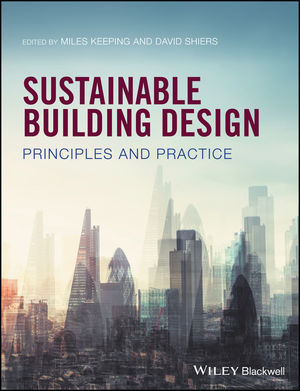Say the word, “planning,” and watch someone’s face morph: The term can conjure up a multitude of responses. Regardless of your own prejudices, some municipalities are discovering that good design can help sell a city—whether old and established or new as fresh paint.

Two Asian cities illustrate the principle and constitute textbook cases of their respective kinds. First, the newest. Songdo City, Korea, an eventual $35 billion, tower-filled new city is rising where nothing but seawater once existed. The planners’ precepts defied traditional expectations by standing certain ironclad real estate notions on their heads, such as retaining the most valuable land for revenue-producing purposes. They never envisioned the world’s economic slowdown, but nevertheless, the development continued.
When the Korean government (through the company POSCO E &C) opened 1,500 acres of reclaimed land for international development 7 miles from its trophy Incheon International Airport (and about 40 miles outside Seoul), it chose an American developer/partner, Gale International, and the American architectural firm KPF to organize the process. What, aside from the proximity to Incheon and free economic trade status, would attract the world’s attention and consequent investment to Songdo’s International Business District?
The developers are banking on good design through urban planning. As it grows into a city of 250,000 persons on build-out, the 100-million-square-foot Songdo will boast planning based on the LEED-ND principles, including access to public transportation (a subway extension from the city of Incheon); 25 kilometers of bike lanes; walkable neighborhoods with proximity to places of work, recreation, and commerce; and most impressively, even courageously, 600 acres of open space centered on the 100-acre Central Park filled with native vegetation, a first for a new city in Asia. This counterintuitive notion, though familiar in the West, defied the norms of Asian development, according to James von Klemperer, FAIA, the partner at KPF in charge of the project, but the client ultimately bought the idea.
Taken together with its energy-efficient cogeneration facilities and its water-use policies, which place emphasis on employing seawater and reduced potable-water consumption for irrigation, Songdo can legitimately market itself as a major new green city—a significant advantage for 21st-century attention. The results of planning, design, and construction, taking place at a fast pace, will take at least another year to assess, but cranes are moving, and certain projects, such as the initial condo towers, are completely occupied.
Singapore, by contrast, came into being as an independent republic and, essentially, city-state, in 1965. Since that time, the government has focused on building up the tiny island of 308 square miles into a showcase of harmonious planning. The result of these measures may be one of the most felicitous marriages of climate and urban environment on planet Earth. It took not a village, but an urban authority, to pull it off in less than 50 years.
The Urban Redevelopment Authority (URA), which evolved from the earliest efforts following an initial concept plan in 1971, has expanded its abilities and reach to form what constitutes one of the most comprehensive and powerful planning organizations for a municipality. Initially concerned with the central city alone, it worked to create new facilities to replace failed inner-city private housing (high-rise housing now circles the island) and then broadened its agenda to develop an urban plan that would include development on reclaimed land at the harbor-mouth called Marina City.
Simultaneously, the URA studied the context of the place, designating structures and districts that warranted conservation. Its 1989 Conservation Master Plan saved areas initially settled by the rich ethnic brew that constituted Singapore—including the Chinese, Indians, Malays, and others.
In more recent years, the URA has plotted a vision of Singapore that builds on the serendipity of the nation’s gardenlike environment. When other cities longed to be green, Singapore had merely to open its doors—it had already arrived, in a sense. Where else, except in such a climate, can windows remain open to prevailing breezes much of the day, and the tree canopy provide its own incomparable architecture that rivals that of any new building?
Today, Singapore is following a new Concept Plan, expanding on the reclamation work done at Marina Bay, encouraging urban density of 5.5 million persons in the heart of its central city—an expanding transit network—and enhancing the biodiversity of the island. Singapore is selling its design savvy, even offering its expertise as a consultant to others.
Both Songdo and Singapore, so different in climate, topography, history, ethnicity, and architecture, warrant an architectural tour—though your trip to Songdo can wait for several months. Both have engaged contemporary architecture and master planning to change the physical environment. Both consider themselves “green,” with shades of meaning in the sustainability term. Both are banking on design to set themselves apart, and they are planning, in the most active, positive sense. While their applicability may be limited, in these two, highly controlled cases, planning appears to be paying off. Songdo and Singapore illustrate that design sells.
If you wish to write to our editor-in-chief you can email him rivy@mcgraw-hill.com.




